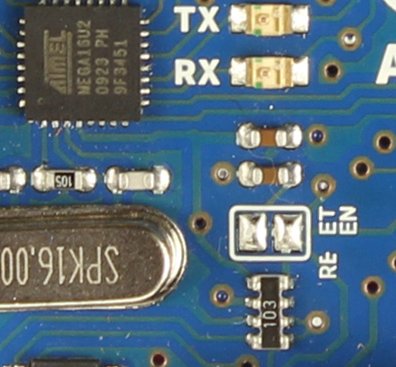


- ATMEL DRAGON BOARD SERIAL
- ATMEL DRAGON BOARD PORTABLE
- ATMEL DRAGON BOARD SOFTWARE
^ FlutterBot Archived December 5, 2006, at the Wayback Machine - An educational robot based on the AVR Butterfly. ^ a b c d e AVR Butterfly Evaluation Kit - User Guide (PDF). ^ a b c "AVR Butterfly - ATAVRBFLY | Microchip Technology Inc". The Butteruino project is a set of libraries to integrate the AVR Butterfly with the Arduino development environment. The Butterfly Logger is an open source data logger based on the AVR Butterfly. C Programming for Microcontrollers, a book for learning to program AVRs using C, was written for the Butterfly as development platform. Several plans are available on the web to convert a Butterfly into an MP3 player. ATMEL DRAGON BOARD PORTABLE
Project ButtLoad offers free plans to convert the Butterfly into a portable AVR-ISP for programming other AVR devices.There's an award-winning educational robot based around the Butterfly called the FlutterBot.Several projects have been built using the Butterfly as a base platform, often with few or no additional parts: All of these interfaces are implemented only as open soldering points, so the addition of some hardware is necessary to make them usable. The board also has ISP and JTAG ports for in-circuit programming and debugging.
ATMEL DRAGON BOARD SERIAL
Ī pre-installed bootloader allows the board to be re-programmed with a standard RS-232 serial port, requiring no special hardware. The Butterfly can be freely reprogrammed using the same toolchains as for many other AVR controllers, for example using the Atmel AVR assembly language or the free integrated development environment (IDE) Atmel Studio for programming in C. The device has a clothing-pin attached to the back, so it may be worn as a name tag - the "name" may be entered via the joystick or over the RS-232 port, and will scroll across the LCD.
ATMEL DRAGON BOARD SOFTWARE
The Butterfly comes preloaded with software that demonstrates many features of the ATmega169, including reading of the ambient light level and temperature and playback of musical notes.
3 V battery holder (CR2450 battery included). RS232 level converter & interface (Cable and connector provided by end user). Solder pads for user-supplied connectors: 2 8-bit I/O ports, ISP, USI, JTAG. Light, temperature, and voltage (0-5 V range) sensors (light sensor no longer included due to the RoHS directive). 4-way Mini-Joystick with center push-button. ATmega169V AVR 8-bit CPU, including 16 Kbyte of Flash memory for code storage and 512 bytes of EEPROM for data storage. Alternatively, this may be accomplished by changing the CPU prescaler in the application code. There are free replacement bootloaders available that will launch programs at 1, 2, 4 or 8 MHz speeds. The Butterfly's ATmega169 CPU is capable of speeds up to 8 MHz, however it is factory set by software to 2 MHz to preserve the button battery life. However, the LCD interface consumes many of the I/O pins. The AVRButterfly demonstrates LCD driving by running a 14 segment, six alpha-numeric character display.






 0 kommentar(er)
0 kommentar(er)
